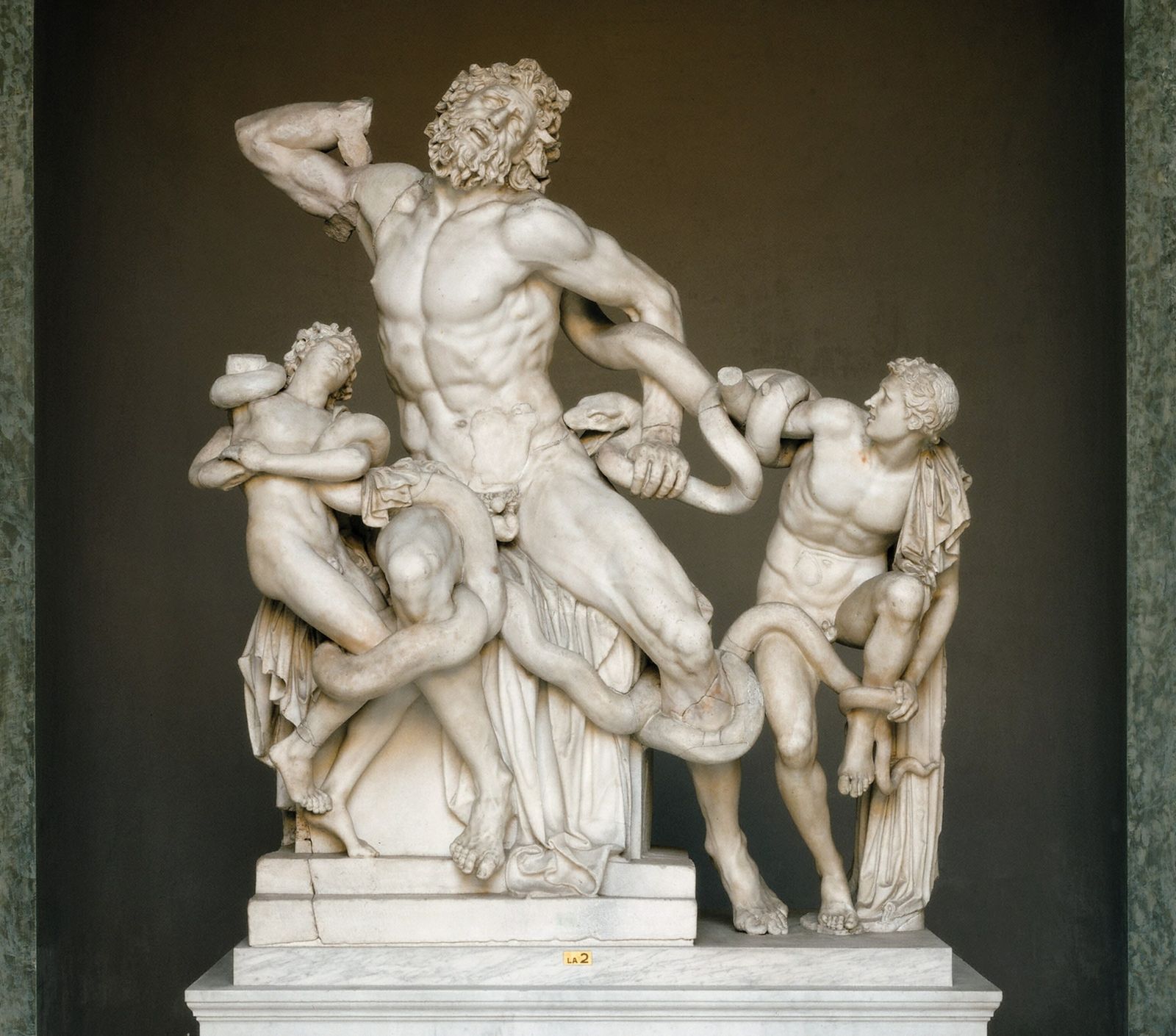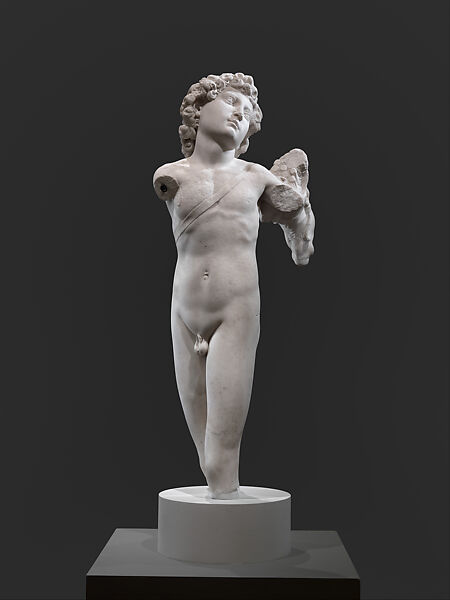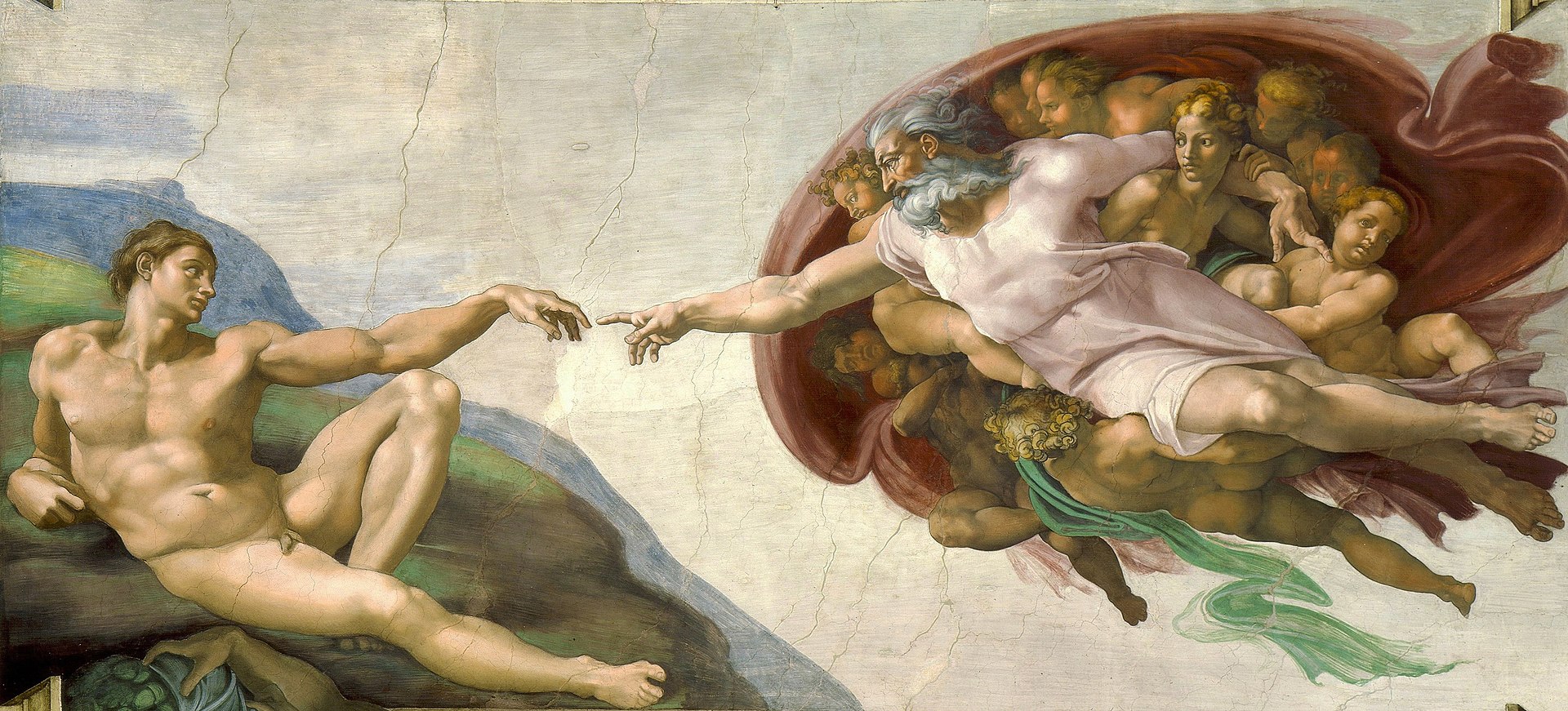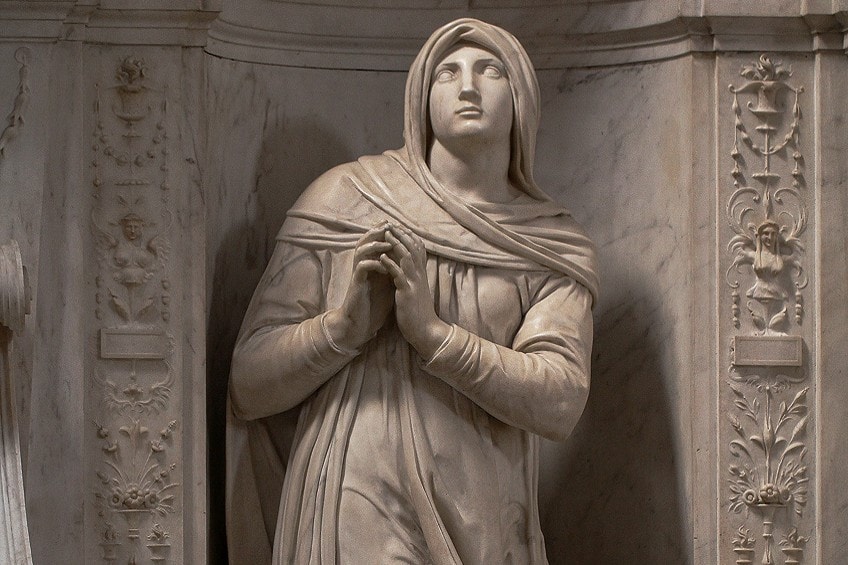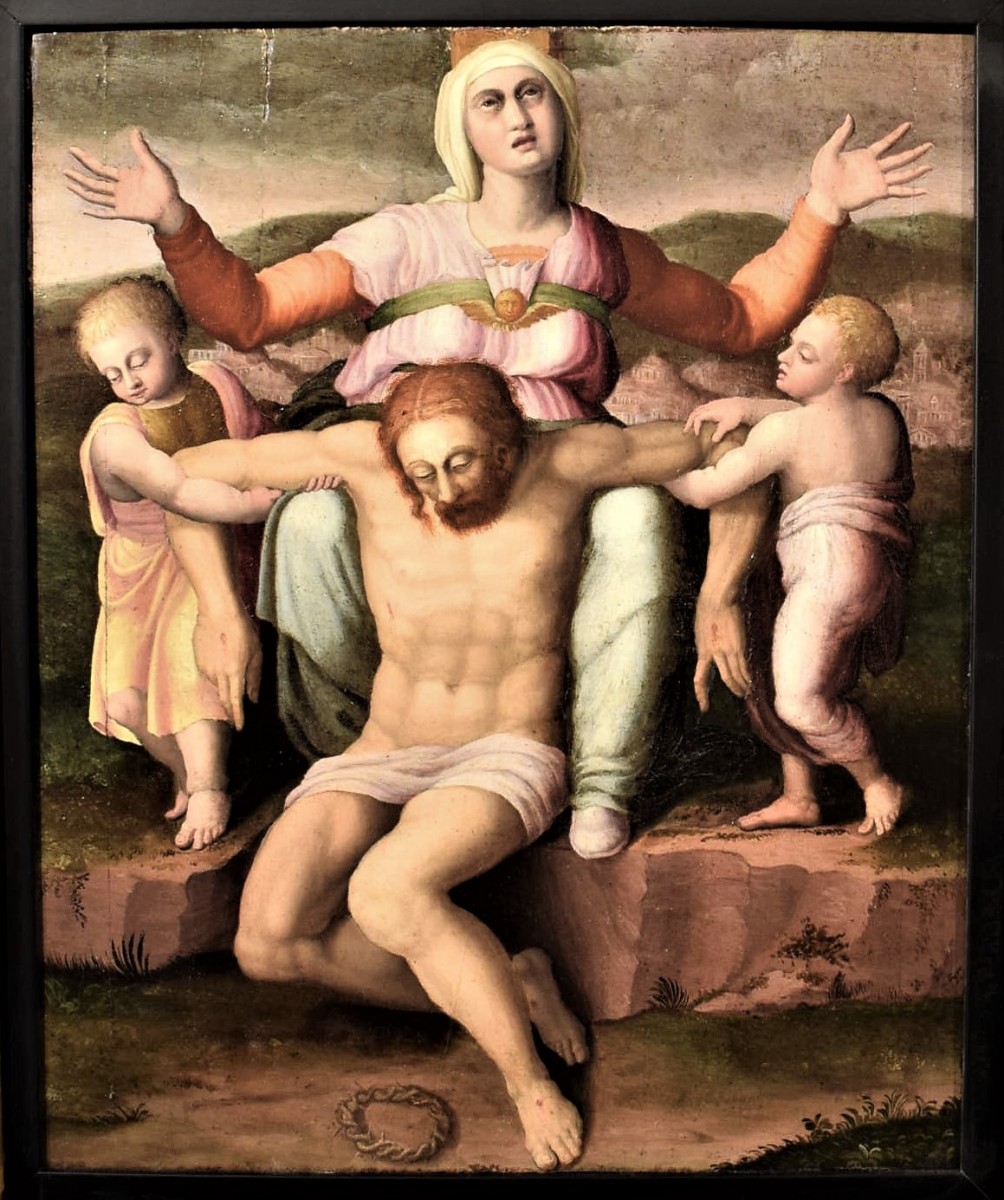MICHEALANGELO
EXPRESSING SOMETHING WITH NO EXPOSURE
It is important to note that the concept of gender queerism as it is understood today did not exist in Michelangelo's time. However, Michelangelo's artwork did challenge traditional gender roles and expectations in several ways.
Michelangelo's portrayal of the male form in his sculpture. In works such as his David and Bacchus sculptures, Michelangelo depicted the male body in a way that was considered idealized and sexually attractive at the time. However, he also imbued these figures with a sense of emotional vulnerability and sensitivity that was not typically associated with male subjects in art.
Michelangelo's depictions of the human form often blurred the lines between male and female characteristics. For example, in his Sistine Chapel ceiling fresco, Michelangelo's figures often have elongated limbs and fluid, graceful movements that are typically associated with femininity. This blurring of gender lines was not unique to Michelangelo, but it did challenge traditional ideas about gender roles and expectations.
It is also worth noting that there is some speculation that Michelangelo may have been gay or bisexual, although there is no definitive proof of this. Some art historians have pointed to homoerotic elements in his work, such as the intimate physical contact between figures in his Pietà sculpture.
While Michelangelo did not explicitly express gender queerism in his artwork, his depictions of the human form challenged traditional gender roles and expectations and hinted at a more fluid and complex understanding of gender and sexuality.
